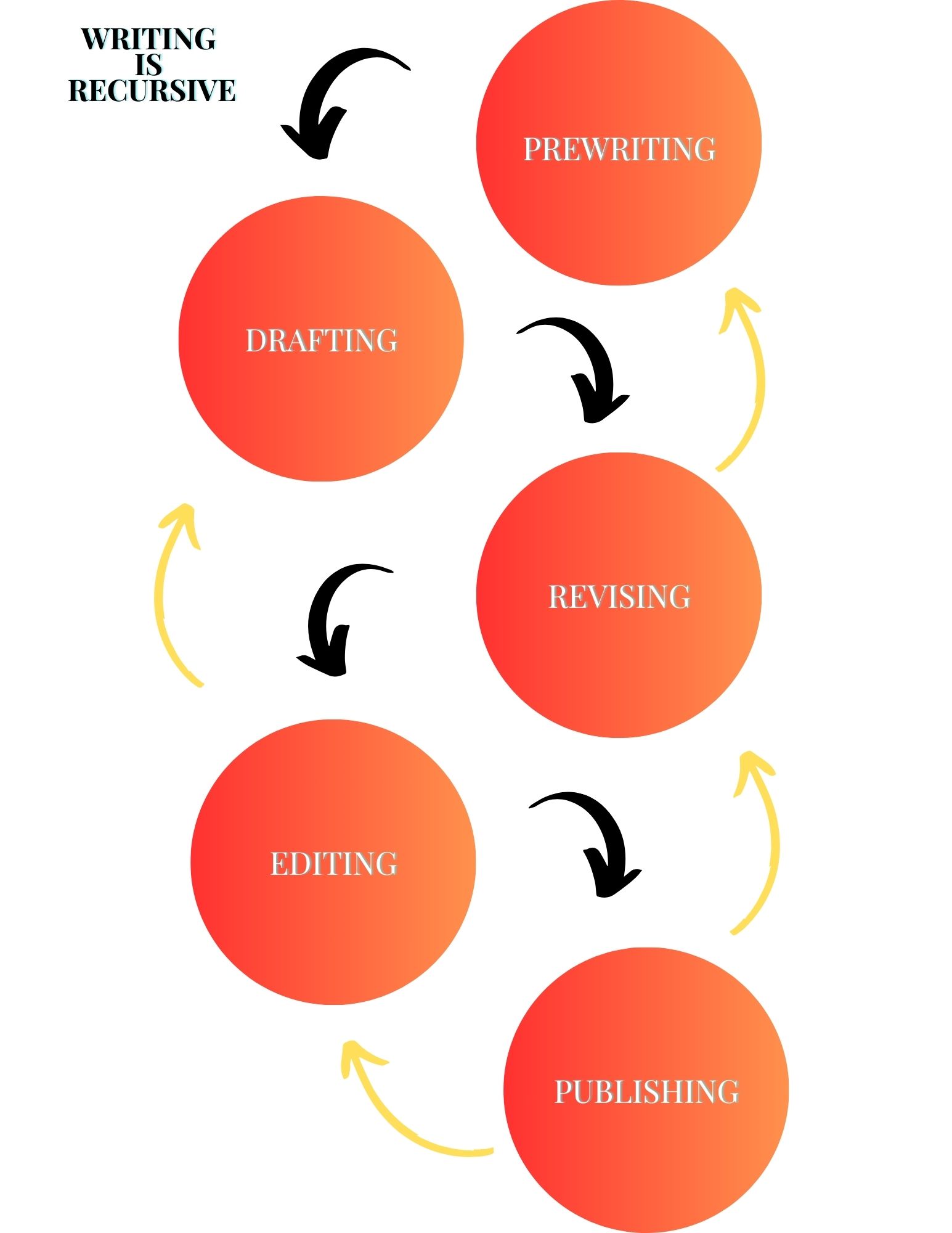Poems are a fun, complex thing, and as I have pointed out on the blog before—I recently got into them, so I have been learning about lots of new stuff. For example: sestinas. For the purposes of this post, let’s define them and look at an example.
Background
The sestina was developed by Arnaut Daniel, who was a troubadour during the 12th century, and the first known example of his craft was “lo ferm voler qu’el cor m’intra,” which was written around 1200.
Definition
So, as I mentioned, poems are intricate (can be), and sestinas are a great example of that complexity. “The sestina is a complex, thirty-nine-line poem featuring the intricate repetition of end-words in six stanzas and envoi” (poets.org). An envoi is just a brief stanza at the end of a poem that either addresses the poem or acts as explanatory remarks.
“The end words of the first stanza are repeated in a different order as end words in each of the subsequent five stanzas; the closing envoi contains all six words, two per line, placed in the middle and at the end of the three lines.”
(poetryfoundation)
A sestina would look like this in scheme:
ABCDEF
FAEBDC
CFDABE
ECBFAD
DEACFB
BDFECA
ECA or ACE
Examples of Sestinas
Elizabeth Bishop’s “A Miracle for Breakfast”
Works Cited
Poetryfoundation.org
Poets.org







